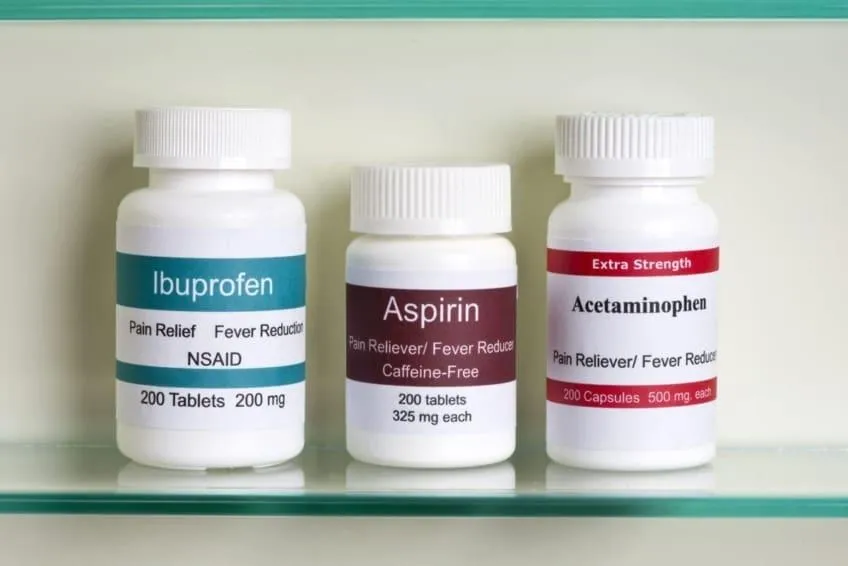
Pills, Pain, And What I Learned Before Surgery
Peter Attia's recent podcast about managing pain was of particular interest to me as I approached my surgery date.
I was anxious to move past the pain pills (thanks, Mike Baker, for giving me the fear of those....consequences...!) but what are effective alternatives?
Here's what I learned.....
Pain relievers fall into a few major categories
💊 NSAIDs (ibuprofen, naproxen, and aspirin) reduce inflammation, often the cause of pain after an injury or surgery.--think swelling, redness, heat--that whole “inflamed” response. NSAIDs block the chemical messengers that trigger that process.
Doctors used to encourage NSAID use after injuries or surgeries to reduce inflammation. Now we know that acute inflammation isn’t a bad guy; it’s part of healing. People taking NSAIDs after total joint replacements were getting non-fusion of the joint to the bone.
You might want to avoid NSAIDs for pain if you break a bone. It's why I wouldn't take Advil when I broke my foot-- or later, when I broke my little toe--out of an abundance of caution.
If pain is interfering with work, exercise, or daily functioning, a short course of an NSAID can be helpful.
Peter's colleague, pain expert Sean Mackey, pointed out how individual the response can be: naproxen works great for him, ibuprofen not so much.
Different NSAIDs can penetrate different tissues at different rates.
💊 Acetaminophen (Tylenol) Often seen as the “safe” option, acetaminophen is a leading cause of liver failure, especially when mixed with alcohol.
It's been around for decades but we're still not sure how it works.
Acetaminophen doesn’t reduce inflammation. It works on the perception of pain. It’s great for headaches or fever, but won’t do much for a swollen knee or muscle strain. Some research even suggests it dulls emotional pain, not just physical discomfort.
💊 Gabapentin, in Peter's words, turned out to be a "lousy, anti-seizure drug, but a pretty good anti-nerve pain drug." It's a safe option for nerve-related pain like tingling, burning, or shooting pain but not a great choice for aches and sprains.
It calms overactive nerve signals, making it more effective in chronic conditions, like sciatica or post-shingles pain.
It can cause drowsiness or brain fog in some people.
Better Together
Sean’s recommended dosing
The 1+1 is not 2, but 3.
Because NSAIDs and Tylenol work differently, the combo can offer more relief with fewer side effects than a high dose of either alone.
“There’s a nice synergy with acetaminophen and ibuprofen because [each has a] different mechanism of action, different organ systems are impacted, so you can take less of each when you combine them.”
Peter recommends (and what I'm taking): 400 mg of ibuprofen + 500 mg of Tylenol 3 times a day.
It's a common post-op strategy among dentists and surgeons. Follow dosing guidelines, and take NSAIDs with food to protect your stomach.
What works for one type of pain might do nothing for another.
The best painkiller is the one that helps you function, sleep, and heal without causing new problems!